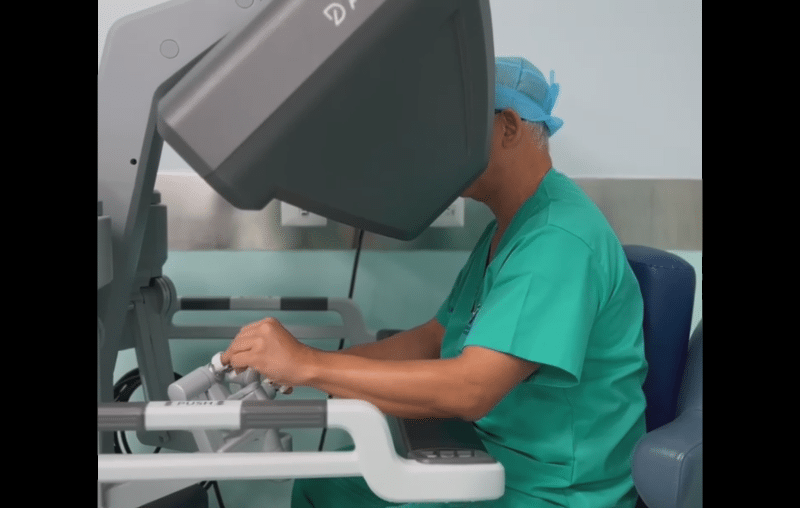If you are a man who is struggling with benign prostatic hyperplasia (BPH), you may be looking for ways to manage its uncomfortable symptoms. BPH is a medical condition that affects men’s prostate glands and can cause problems with urination and other uncomfortable symptoms. As you age, the prostate gland enlarges and presses on the urethra, leading to issues such as a weak urinary stream and frequent urination.
While lifestyle changes and medications have the potential to provide relief, it is possible that surgery, like transurethral resection of the prostate (TURP), may be suggested as an option. Let’s delve into what to expect during and after TURP surgery.
Understanding TURP Surgery
TURP, the most common surgery for BPH, involves the insertion of a resectoscope through the penis and into the urethra. This instrument, equipped with a light, camera, and electrical loop, allows the surgeon to cut away excess prostate tissue and widen the urethra. The typical duration of the procedure is between 60 to 90 minutes, and the recovery process starts after it concludes.
Post-Op Recovery Timeline
The procedure is performed in the operating room under general or spinal anesthesia. Depending on the surgeon’s preference and clinical situation, patients may be discharged with or without a catheter. Generally, the catheter is removed within 1-3 days after the surgery.
Following TURP surgery, you’ll spend time in a recovery room for monitoring before being transferred to your hospital room. Hospital stays typically last one to two days, but you might go home the same day. Inserting a catheter into the bladder will be necessary to facilitate urine drainage and aid the initial healing process.
Home Care Tips
Recovery at home involves managing symptoms like an urgent need to urinate, difficulty controlling urination, and potential pain. Your doctor will provide instructions on self-care, including catheter care, maintaining hydration, and dietary considerations. Most individuals resume regular activities within six to eight weeks post-surgery.
Tips for a Smoother Recovery
- Take it Easy: Rest as much as possible in the weeks following surgery.
- Hydration is Key: Consuming at least eight cups of water daily is advisable to support a healthy bladder.
- Fiber-Rich Diet: Include high-fiber foods to prevent constipation.
- Intimacy Considerations: Wait four to six weeks before resuming sexual activity.
- Exercise Caution: Avoid strenuous exercise until cleared by your doctor.
- Driving advice: Before attempting to drive, check with your doctor when it is safe.
When to Seek Medical Attention
While some discomfort and minor side effects are normal, it’s crucial to contact your doctor if you experience any of the following:
*Signs of infection such as fever or chills
*Difficulty urinating
*Pain when urinating
*Difficulty getting or keeping an erection
*Persistent pain
*Unusual bleeding or blood in urine
Following your doctor’s advice and attending follow-up visits is essential for a smooth recovery.
Navigating life with BPH involves understanding the journey from symptoms to surgery and taking proactive steps to ensure a successful recovery. When in doubt, consult your healthcare provider.
Dr. David Samadi is the Director of Men’s Health and Urologic Oncology at St. Francis Hospital in Long Island. He’s a renowned and highly successful board certified Urologic Oncologist Expert and Robotic Surgeon in New York City, regarded as one of the leading prostate surgeons in the U.S., with a vast expertise in prostate cancer treatment and Robotic-Assisted Laparoscopic Prostatectomy. Dr. Samadi is a medical contributor to NewsMax TV and is also the author of The Ultimate MANual, Dr. Samadi’s Guide to Men’s Health and Wellness, available online both on Amazon and Barnes & Noble. Visit Dr. Samadi’s websites at robotic oncolo gy and prostate cancer 911.


